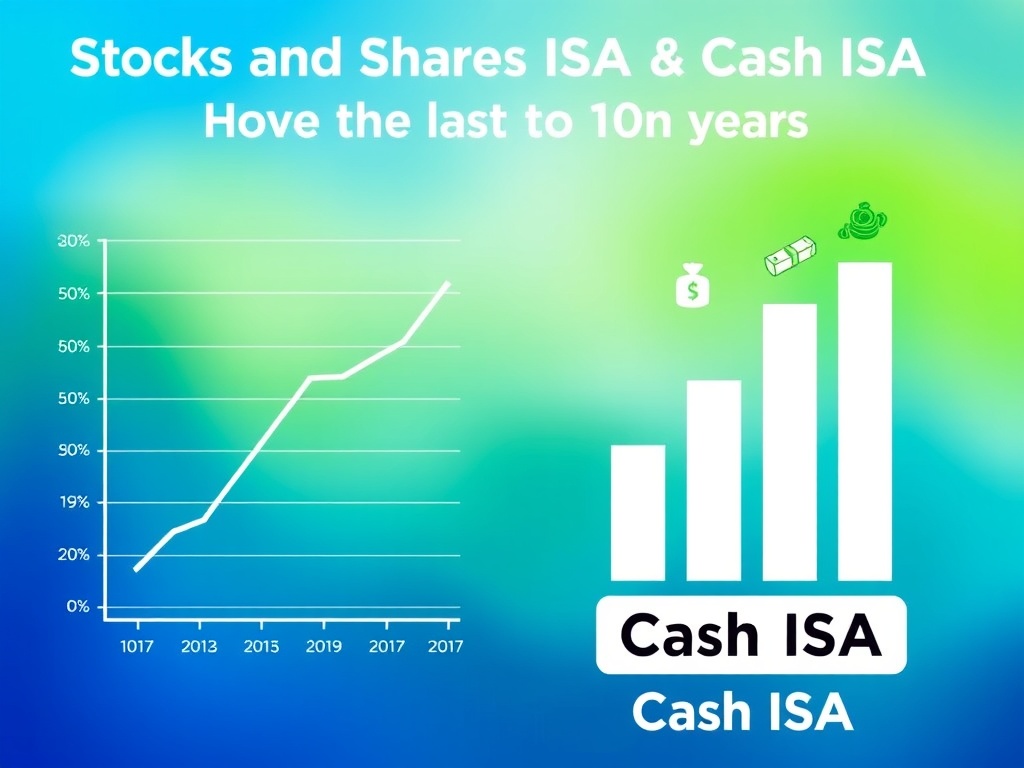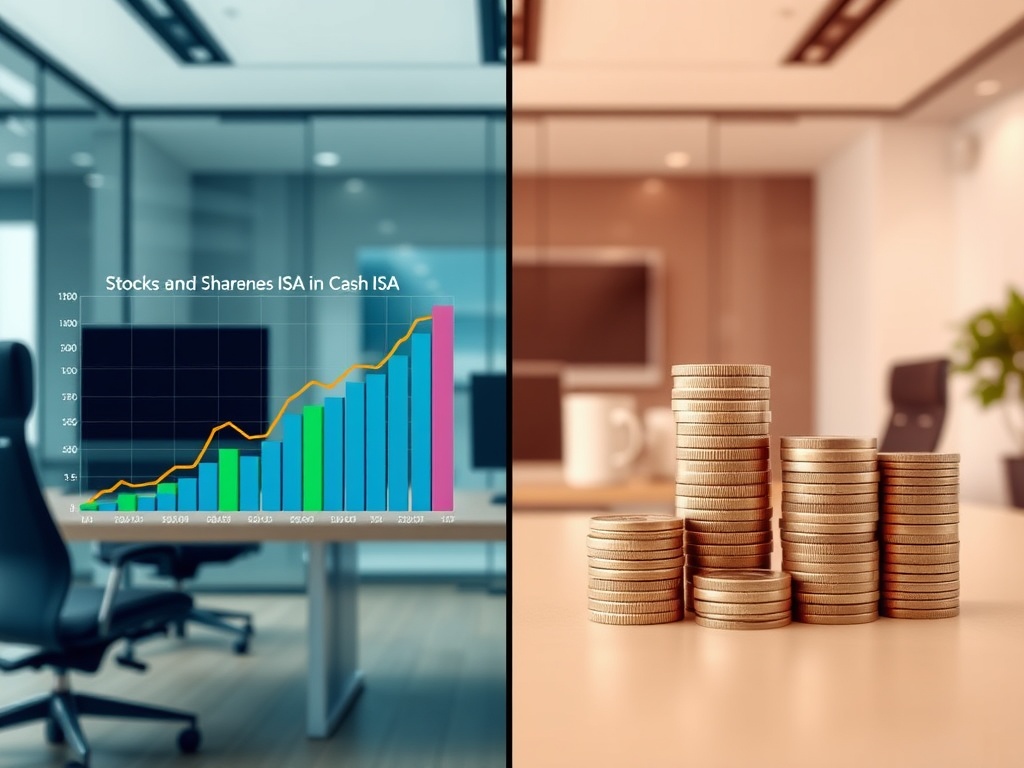Stocks and Shares ISA vs. Cash ISA: A Decade of Difference

Investors who chose to place their funds in a stocks and shares ISA a decade ago are reaping significant rewards, with their investments potentially tripling in value, as revealed by an analysis conducted for The i Paper. In stark contrast, those who opted for a cash ISA have seen far more modest returns. For instance, an investment of £10,000 in a cash ISA at average rates back in February 2015 would now be worth approximately £11,085, according to data from Hargreaves Lansdown. Conversely, an equivalent investment in a stocks and shares ISA could have grown to as much as £33,524.
Experts emphasize that this disparity highlights the greater “growth potential” associated with stocks and shares compared to cash savings. While current cash savings rates are relatively attractive—offering rates of five percent or more—these accounts have generally provided dismal returns over much of the past ten years, with many accounts yielding interest rates below one percent.
Comparative Returns Over Time
When assessing the longer-term performance, someone who invested £10,000 into a stocks and shares ISA a decade ago would have experienced a remarkable growth of 235 percent, compared to a mere 10.9 percent return from cash ISAs. For those who set aside £10,000 just five years ago, the results are similarly striking: a cash ISA would yield a return of around seven percent, increasing the total to £10,703, while a stocks and shares ISA would have produced an impressive 87.6 percent return, growing the investment to £18,763.
One of the key advantages of ISA accounts is that they allow savers to shield their money from tax. Individuals can contribute up to £20,000 into ISAs each year without incurring any tax on the returns. In contrast, those who do not use ISAs are subject to taxation on their savings or investment growth once they exceed certain thresholds—basic rate taxpayers can earn up to £1,000 tax-free, higher rate taxpayers can earn up to £500, and additional rate taxpayers receive no tax-free allowance.
Understanding Cash ISAs and Stocks and Shares ISAs
Money allocated to ISAs can be directed into either cash ISAs or stocks and shares. Cash ISAs offer a guaranteed rate of return, while stocks and shares ISAs present a variable return that can fluctuate significantly based on the performance of the investments made, with the potential for losses as well. However, over extended periods, stocks and shares tend to outperform cash savings.
Sarah Coles from Hargreaves Lansdown elaborated, stating: “Cash ISAs and stocks and shares ISAs serve different purposes. Both offer valuable tax benefits that can significantly enhance the returns for savers and investors. A cash ISA is an excellent choice for your emergency fund or for savings that you will need within the next five years. In these cases, cash is the appropriate choice for your funds, and the cash ISA offers tax protection, which is especially beneficial for higher earners or individuals with substantial balances facing larger tax burdens.”
She continued, “On the other hand, a stocks and shares ISA is better suited for funds that you can afford to lock away for five to ten years or longer. Although the value of your investment may fluctuate in the short term, it presents far greater growth potential than cash over the long term.”
Possible Changes to Cash ISAs
Recent discussions indicate that the Government is contemplating the possibility of either abolishing cash ISAs or restricting the amount individuals can contribute to them. The Treasury is exploring this avenue as a means to encourage more Britons to invest in the stock market. Ministers have expressed concern that a substantial amount of money is currently held in cash ISAs rather than being utilized for more productive investments.
While no formal decisions have been made regarding potential policy changes, any announcements are not expected until after the next Budget in the autumn, with any modifications likely to take effect from April 2026. City minister Emma Reynolds remarked during a recent House of Lords committee meeting, “The question arises: why do we have hundreds of billions of pounds in cash ISAs? We have not fostered an investment culture akin to that seen in other countries where individuals are encouraged to invest their money.”
In light of these developments, there has been a notable uptick in savers rushing to open cash ISAs or increase their contributions amid concerns about their future viability.
Who Should Consider Opening an ISA?
Individuals who anticipate paying tax on their savings interest might find it advantageous to consider a cash ISA rather than a traditional savings account. For example, if you are a basic rate taxpayer with savings of £20,000 earning five percent or more, you will likely incur tax on those earnings. In contrast, a higher-rate taxpayer would only need £10,000 to reach the same taxable threshold.
Determining the Best Option: Cash ISA or Regular Savings Account
According to consumer comparison site MoneySavingExpert.com, there is a straightforward method to evaluate whether a cash ISA or a regular savings account is more beneficial for you. To compare, take the interest rate offered on the ISA you are considering and multiply it by:
- 1.25 if you are a basic-rate taxpayer
- 1.66 if you are a higher-rate taxpayer
- 1.82 if you are a top-rate taxpayer
The resulting figure represents the interest rate you would need from a standard savings account to make it a more attractive option than your ISA. If regular savings accounts do not pay rates higher than this calculated figure, then it is advisable to opt for the cash ISA.
Currently, many ISA accounts offer interest rates that are comparable to or, in some cases, exceed those of traditional savings accounts.




